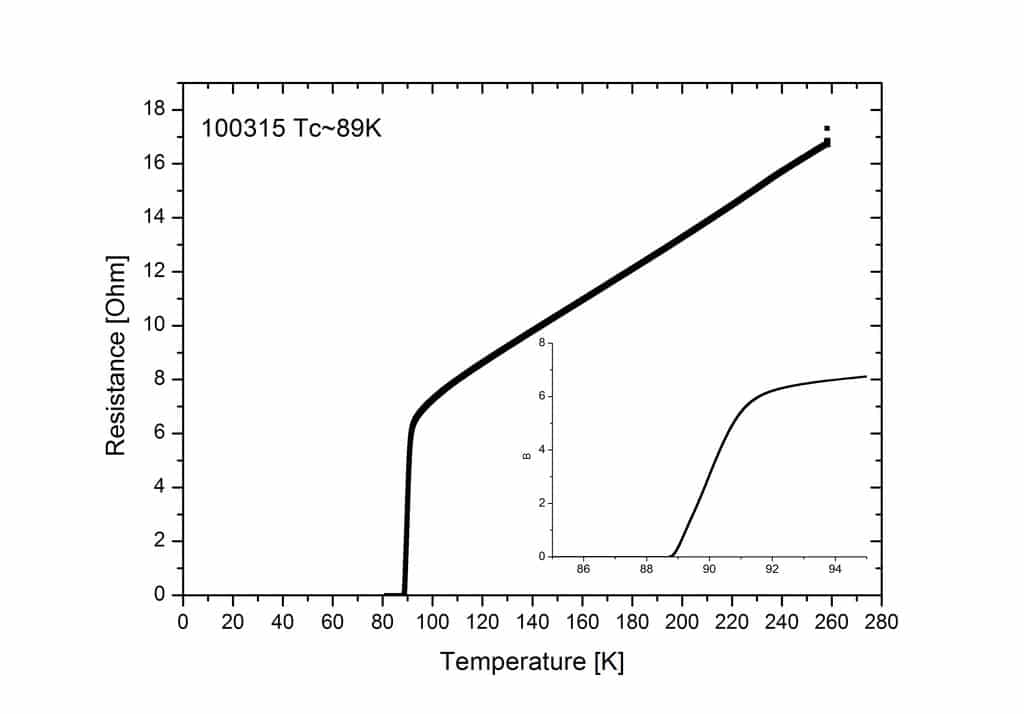Do we understand what makes a superconductor?
Yes, but not entirely. The phenomenology (or the quantitive description of the phenomenon) of superconductivity was quickly developed after first discovered in 1911 (e.g. by London, Abrikosov, Meissner) and scientists could soon describe the electrical and magnetically properties of any superconductor. It was shown that superconductivity is an electronic state of lower energy (and hence more stable) that posses interesting magnetic properties such as perfect diamagnetism, aka the ability to completely expel external magnetic fields. This property co-discovered Walther Meissner and Robert Ochsenfeld was later called the Meissner effect.
The BCS theory
The first explanation of the mechanism behind superconductivity took around 40 years to arrive. Three physicists, Bardeen, Cooper and Schriefer published their theory called BCS that explained for the first time why electrons in some materials prefer to condensate into the superconductive state. Their theory describes how electrons which usually repel each other, feel an effective attraction though an interaction with surrounding atoms. Negatively charged electrons with certain momentums distort the neutral (not changed) lattice of atoms and locally produce areas of positive charge. This induced effective charge attracts other electron with matching momentum. Such an indirect interaction between electrons produces a new entity that behaves like a new kind of particle called – Cooper pair. Unlike individual electrons many Cooper pairs can occupy the same energy state. Together with the fact that the superconductor develops an energy gap between the base energy level to the next levels, we get a condensation or massive occupation of the base energy level of the Cooper pairs in the material. In simpler terms, many of these new particles occupy the same basis energy state with the next available energy level being far higher.
So far we’ve got:
- Electrons form pairs (Cooper pairs) that behave like new particles (bosons).
- An energy gap develops inside the material.
- There is a massive occupation of the Cooper pairs in the base energy state.
What about electrical resistance?
Well, resistance is the transformation of energy (electric energy) into other kinds – vibrational energy, heat, etc. However, in the superconducting state all the electrons in the form of Cooper pairs are occupying the same and ONLY available energy state. They cannot change their energy and hence there is NO RESISTANCE.






